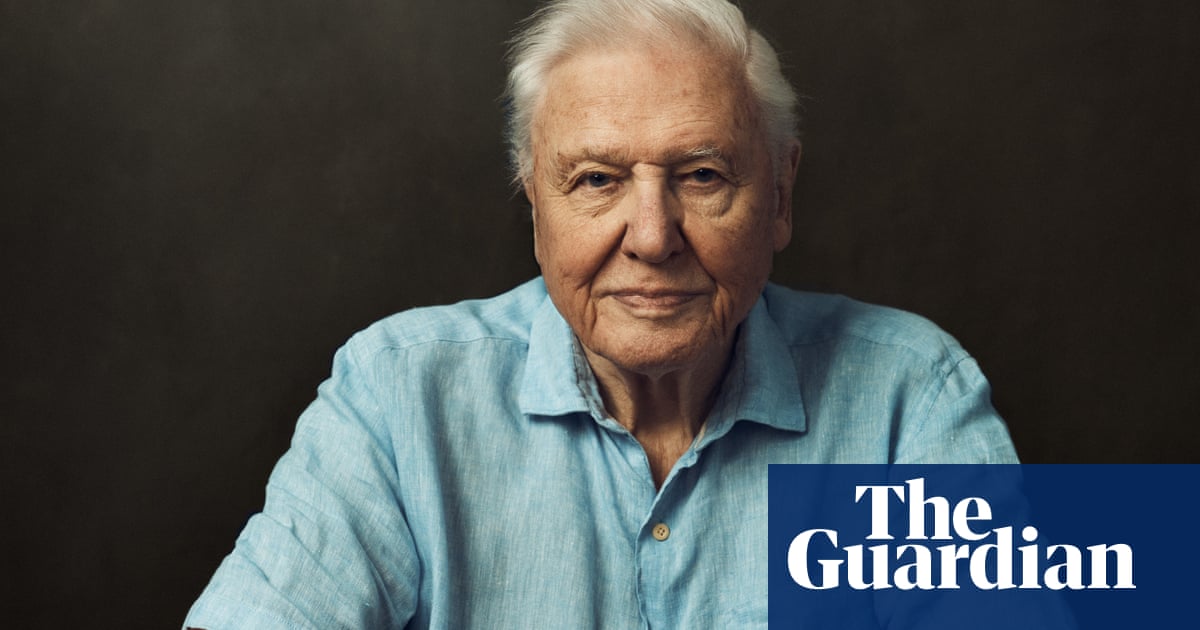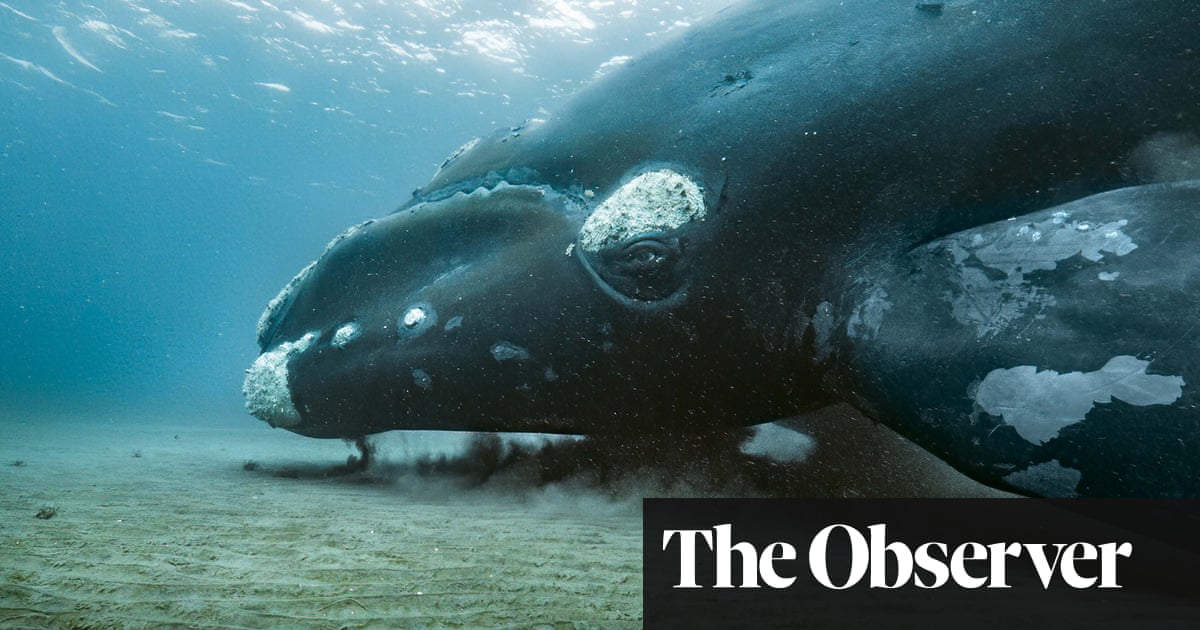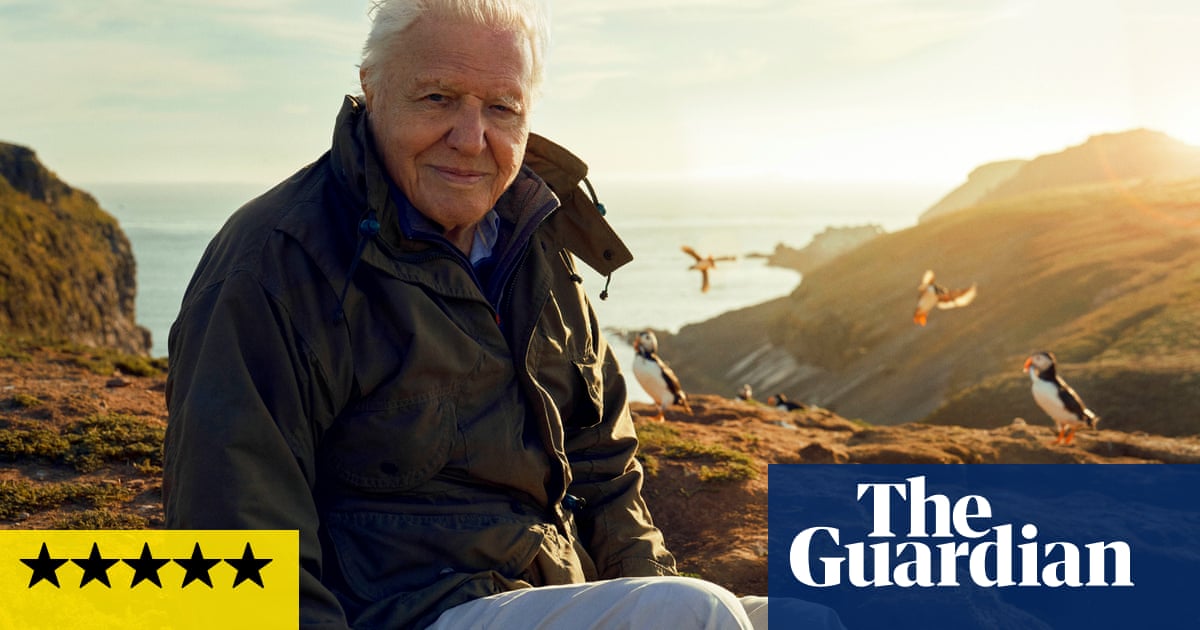
It should be alarming that, in the six years since Planet Earth last appeared on our screens, this third series finds itself in a darker mood. As always, these documentaries narrated by Sir David Attenborough are a testament to the wonders of the natural world. The footage, gathered over five years across 43 countries, is astonishing and awe-inspiring. The first episode alone, dedicated to coasts, travels from Kent to Australia, through South Africa, Canada, Indonesia and more. The scale and scope of this project are spectacular.
It is often a great joy to watch. There is a god’s eye view, painterly and stunning, of seal pups frolicking near a South African peninsula, until great white sharks start to feast on what must appear to them as a buffet. There are desert lion sisters in Namibia, learning to hunt seabirds at night, though, as it is pointed out, cats rarely enjoy getting wet. A right whale gives birth and cares for her calf in a nursery just off the coast of Argentina, where the calf has playmates. Archerfish blow water at insects up to 2 metres above them, in order to knock them off leaves and turn them into meals. In the melting glacier water of the Arctic, there are sea angels and sea butterflies – otherworldly, fairytale-like creatures which glow and dance, wowing with their alienness.
But this is not another world, and it is certainly not a fairytale. To watch this and enjoy it simply for the majesty of its footage is still possible. The in-built cosiness and gentle approach is characteristic of almost all nature shows, particularly the ones that appear on BBC One on a Sunday evening. The animals here largely triumph over the adversity that is thrown in their path. The seals form a collective – you could call it an eco-mob – and chase away the sharks. The survival of the right whale is a picture of optimism: the species was hunted to near extinction 40 years ago, but a ban on commercial whaling has restored numbers to about 12,000.
There is much talk of species “adapting” to the new world. Great white sharks are known to be solitary hunters, so the sight of them working together is as strange as the seals chasing them off. Desert lions have returned to the Namibian coast for the first time in 40 years, owing to their now-protected status. Yet while it is welcoming to appear so hopeful, this glass-half-full approach is in danger of leaving the impression that life on Earth will be absolutely fine, even as the environment becomes ever more extreme, more apocalyptic and more inhospitable to organic life, as a direct result of human activity.
This is a whispered alarm, then, rather than a scream of despair, but there is a familiar structure lurking in the background, employed to similarly crushing effect on Wild Isles earlier this year. Attenborough and the team reel you in with the softer stuff, as they build towards the more brutal stories. “We must now look at the world through a new lens,” Attenborough says, at the beginning, seeding the idea that while a sea angel with a neon orange belly is beautiful to look at, we cannot then look away from the devastating effects of the climate crisis.
In this opening episode, there are two cautionary tales: the Caribbean flamingos, attempting to nest in the briny waters of the Yucatán peninsula in Mexico, and the imperilled green turtles of Raine Island on the Great Barrier Reef. “Seasonal” storms are coming to Mexico earlier and earlier each year and flooding the flamingos’ nests, leaving their eggs vulnerable and the chicks at risk of death. The footage here, in the aftermath of a storm surge, shows an apocalyptic landscape.
Attenborough himself first filmed on Raine Island in 1957. We see black and white footage of him encountering green turtles there for the first time. Today, the situation is dire. In 30 years, if sea levels continue to rise, the island will probably disappear. The turtles are dying en masse, as the coastline changes and temperatures rise, leaving them parched in the heat, unable to reach the water, the exhaustion killing them, their eggs rotting in flood water. The death rattle of a dying turtle is a horrifying sound.
This paints a rather less cosy picture of Planet Earth III, even if it is attached to the end of the episode like a deeply depressing footnote. But the warnings have been coming for decades, and the point of no return may well have been and gone.












